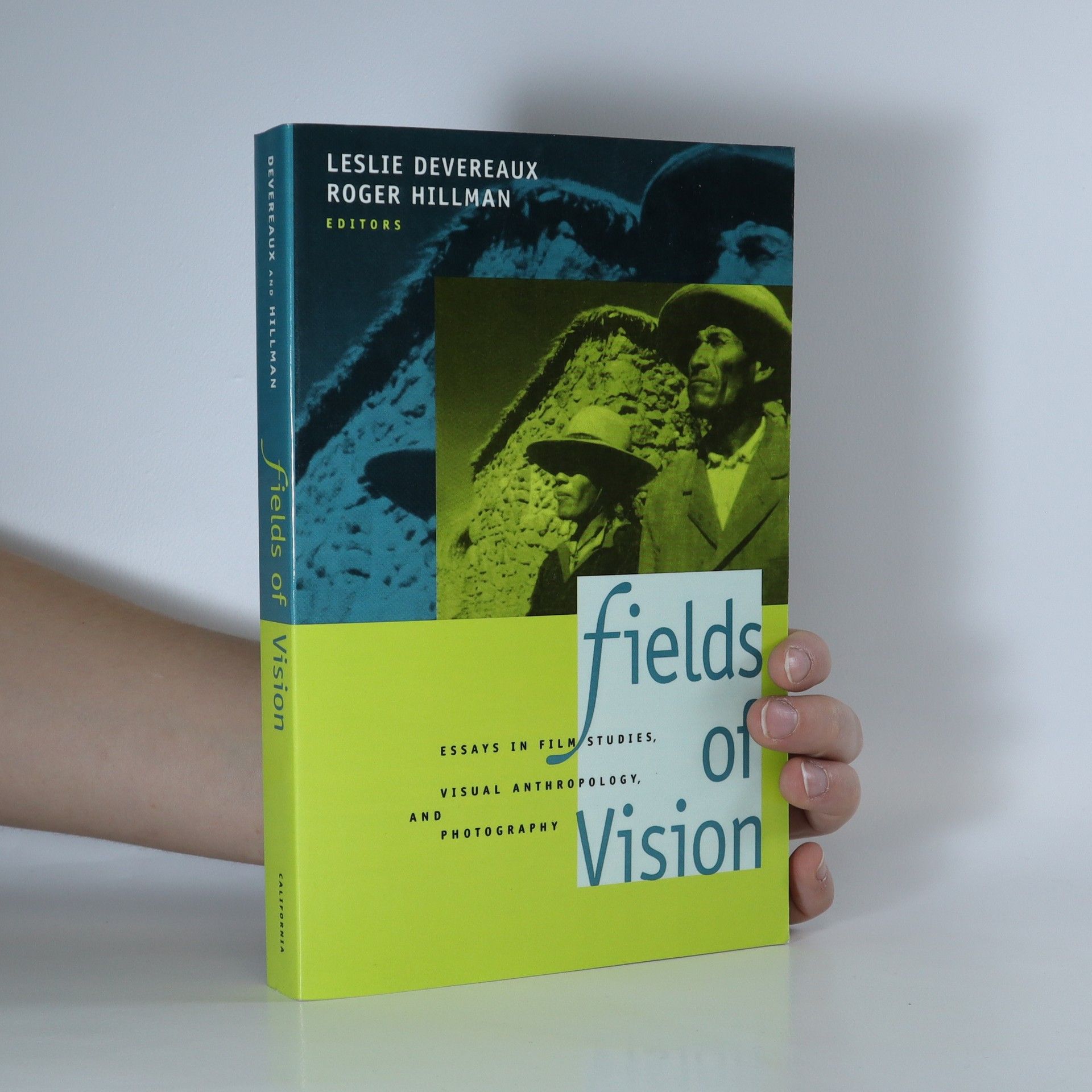The development of the -Zeitroman- is traced through detailed ana- lysis of five examples of the genre, beginning with Immermann's -Die Epigonen- and concluding with H. Mann's -Im Schlaraffenland-. Marking a new direction in German literature of the 19th century, the -Zeit- roman- was frequently concerned with locating the changing relation- ship between social classes in the broad social conditions of the age portrayed. Approaches ranged in formal terms from the panoramic novels of Immermann, Spielhagen and Gutzkow to less ambitious, but artistically more satisfying works later in the century. Tensions typifying the -Zeitroman- include those between universal and epheme- ral concerns, between historical documentation and a fictional rendering of reality, and between characterizing individuals and depicting an age in more abstract terms. Through examination of these varying balances, plus reference to the German -Bildungsroman- and social novels in England and France of the same period, a closer understanding is reached of the much abused term -Zeitroman-."
Roger Hillman Livres



Roger Hillman is a prominent academic, leading both the Film Studies and German Studies Programs at the Australian National University. Residing in Cook, Australia, he contributes significantly to the fields of film and German studies through his leadership and expertise.
Fields of vision: Essays in film studies, visual anthropology, and photography
- 362pages
- 13 heures de lecture
Filmed images dominate our time, influencing entertainment, news, and cultural vocabulary. This collection explores the power and limits of film and photography in understanding ourselves and others, crossing disciplinary boundaries. Contributors, including critics, social scientists, filmmakers, and literary scholars, focus on representation and the construction of visual meaning across cultures. The essays traverse various genres and eras, examining how images produce meaning—from horror films' dismembered bodies to the exoticism of ethnographic films and the allure of romantic cinema. They interrogate how the "real" on film generates fantasy and news, while also addressing the complexities of cultural boundaries. One essay highlights Hollywood's global commercial influence on local cinemas, while another investigates indigenous responses to mass media in central Australia. Additional essays delve into the unconscious in cinema, the impact of the 1920s "women's film" genre on female spectatorship, and the personal narratives in documentary films and war photography. By illuminating overlooked areas of representation, these essays reveal new perspectives and insights into visual culture.